The marathon – a 42.2km running event that dates back some 2,500 years – often seems like a bridge too far for many recreational runners.
However, unlike the first official marathoner, the Greek soldier Pheidippides who ran the 42km from the Battle of Marathon to Athens to deliver a message, you need not drop dead following your efforts as he did.
With a few simple tweaks to your training, most runners can successfully make the transition from the more popular 21.1km half marathon race distance to the full marathon, and share in the experience and exhilaration of what many runners believe to be the ultimate race distance.
And, aside from the fact that it would be one of the greatest physical challenges you’ll ever face, there are also numerous health and fitness benefits to running a marathon at some point in your life.
https://www.instagram.com/p/B2a6hf2JEVT/
Going the distance
Dr Lawrence van Lingen, a sports chiropractor who has worked with elite athletes for 20 years, believes that “preparing for a marathon versus what many normally run, a half marathon, is not as difficult as one would think.”
Dr. van Lingen says that the first step for any runner is to develop the strength, mobility, agility, coordination and skill required to run injury-free.
“Humans are getting weaker and more restricted as we spend most of our lives in a seated position, which is not conducive to the supple hips and correct posture required to run. Very few who embark on their journey to conquer the marathon invest any time or effort into learning how to run or into working on the skill or art of running. And those who do are often met conflicting advice and theory about how to run, how much to run, how fast to run when to stretch, how to stretch, should you stretch, which shoes should you wear, or should you even wear shoes? The list is endless and confusing.”
So, whether you plan to run Africa’s most iconic city marathon in 2020, the Sanlam Cape Town Marathon (which has a new date in October), or one of the World Marathon Majors in New York, Berlin, London, Chicago, Boston or Tokyo, Dr. van Lingen shares some advice on how to swing the odds of training for and successfully finishing a marathon in your favour…
https://www.instagram.com/p/B2a0TI9JrQC/
The basics
Stride rate: A combined stride frequency of close to 180 steps per minute is desirable and will reduce your injury rate. If you take fewer steps than this per minute you should rectify this. Anything less than 175 steps per minute is doing it wrong.
Balance on one leg: If you cannot balance on one leg the injury odds aren’t in your favour. As a minimum, you need to be able to stand on one leg with your hands on your hips for 30 seconds without undue twitching or moving around. So many problems with running form, posture and technique are actually balancing problems.
Don’t extend your lower leg past vertical: There’s a lot of debate about foot strike, but it’s actually more important that your foot makes contact with the ground under the hip. This simple concept will help prevent all sorts of common errors in your running style including, but not limited to, over-striding and severe heel striking and helps tremendously to get your foot’s contact with the ground to beneath the hip where it belongs.
Pace running: Competent runners with a training plan that includes varied pace need to be wary of tempo and sub-threshold pace – basically 15km to marathon pace. Your body likes variety so you should vary your pace; learn to run real easy and learn to run faster. If you do all of your training at or near one pace you’re doing it wrong.
Alternate shoes: As you advance you want to graduate to the point where you have a second shoe that is lighter, more flexible and less structured for shorter runs, speed work and recovery runs, and your traditional shoe for longer runs. The ultimate goal is to be able to strengthen your feet and make them adaptable enough to do almost all your running in a neutral, unstructured shoe with a heel-to-toe drop of around 4mm, if not less.
Recovery: Plan a programme that includes sufficient recovery time. What you want is a hard day, easy day split, blended into a framework of 1-3 weeks of loading, followed by 5-10 days of recovery.
Mobility and stability: First become neutral and mobile before worrying about strengthening your core. Becoming more mobile helps you become more stable, move more efficiently and improves your core. I encourage runners to have a short daily hip flexibility routine, and a short mobility routine as part of a warm-up. Simple stretching after running then helps to defuse muscles that have tightened during training.

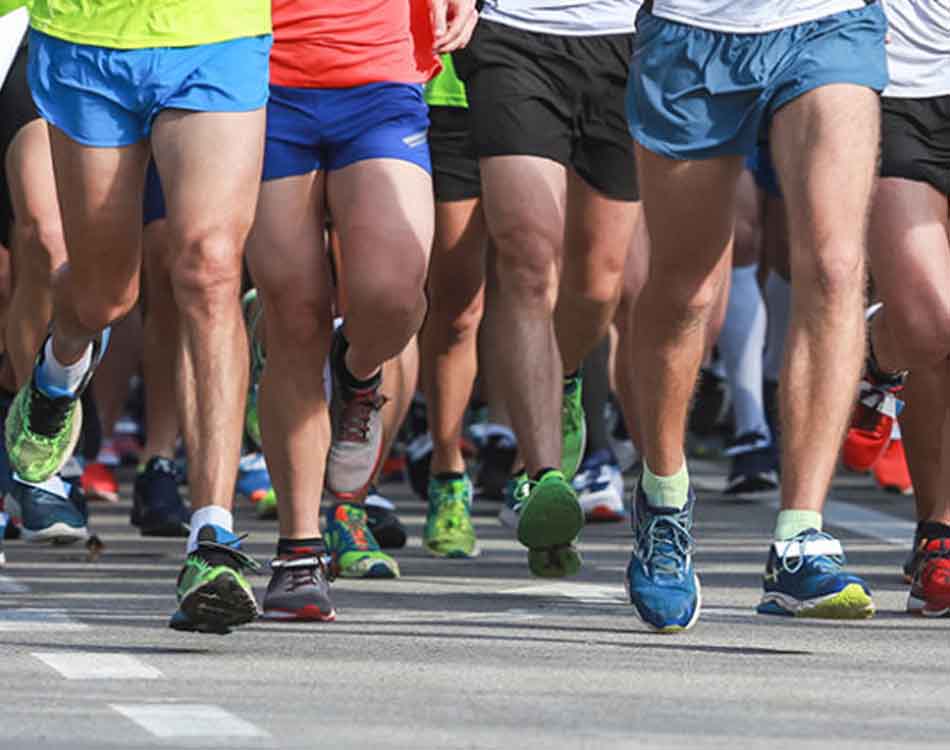
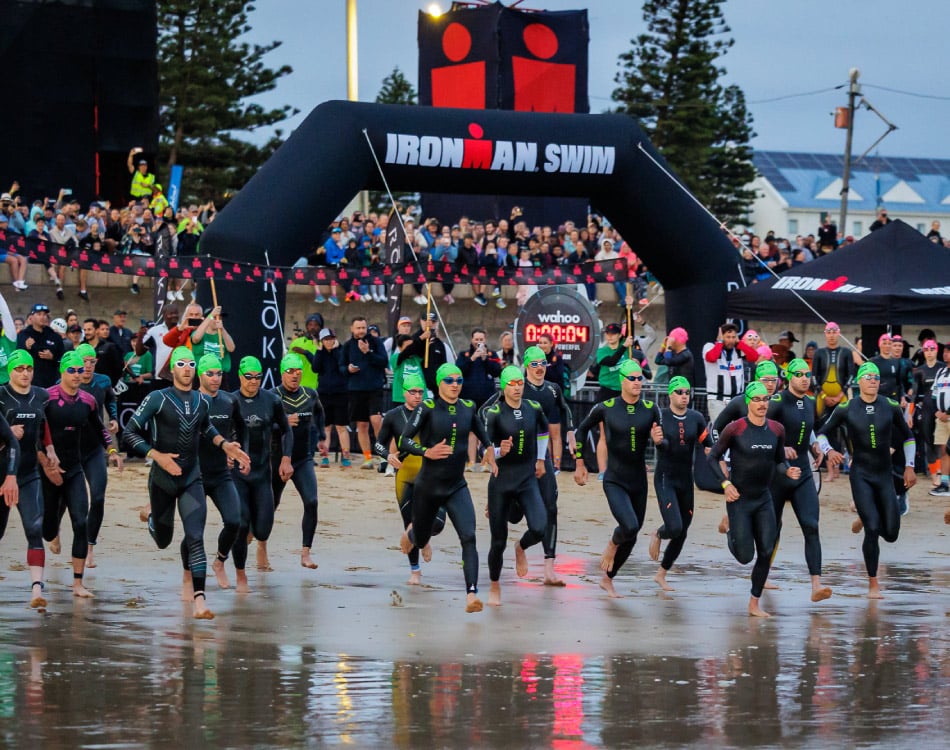
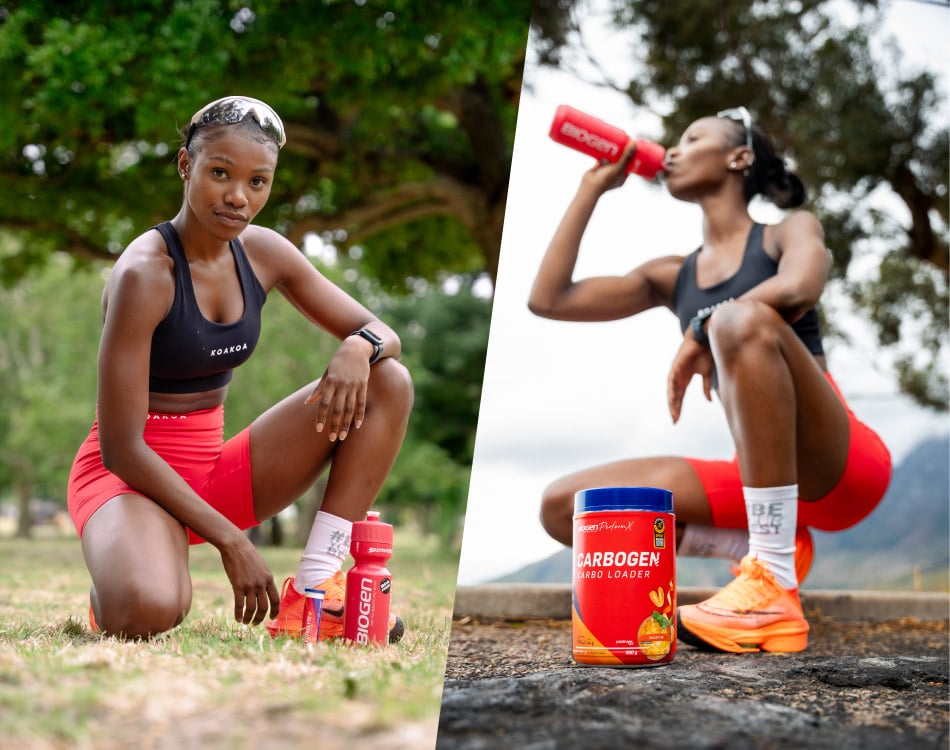

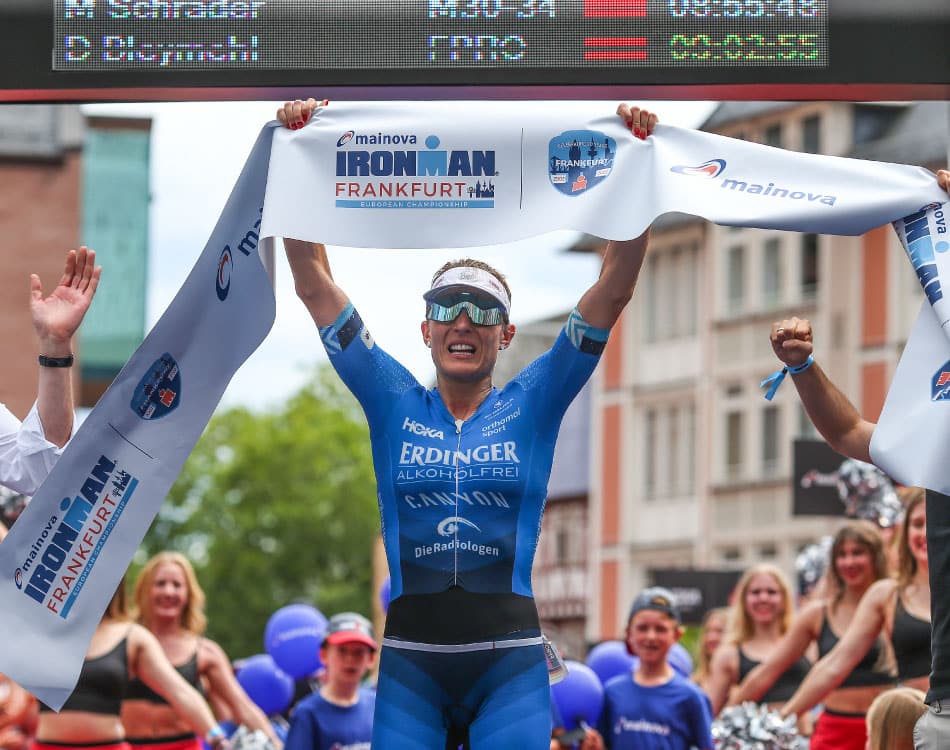
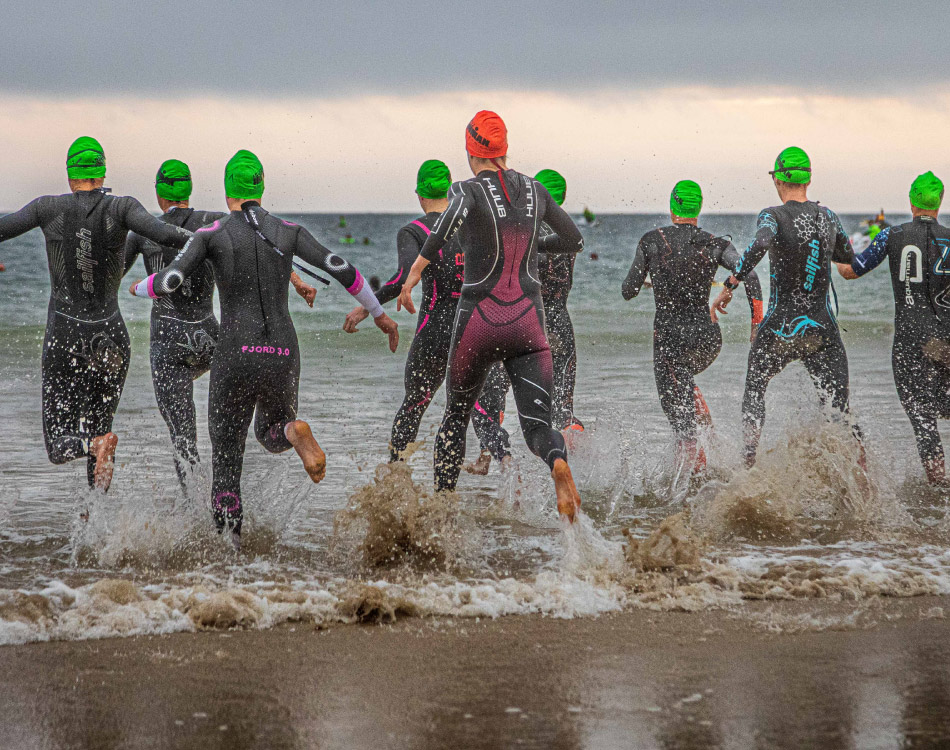
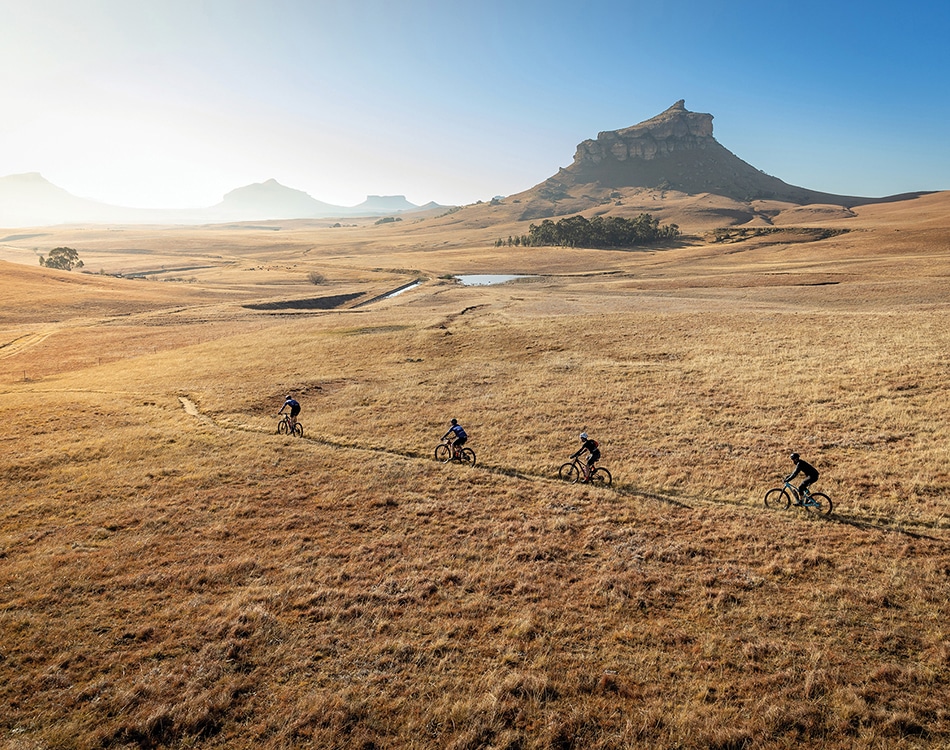
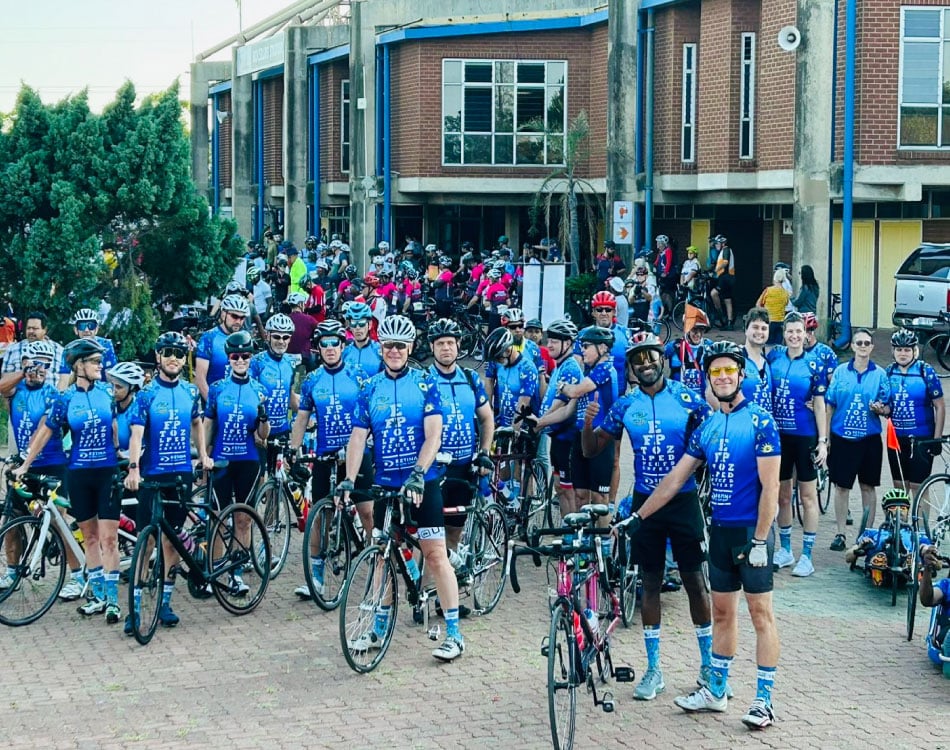
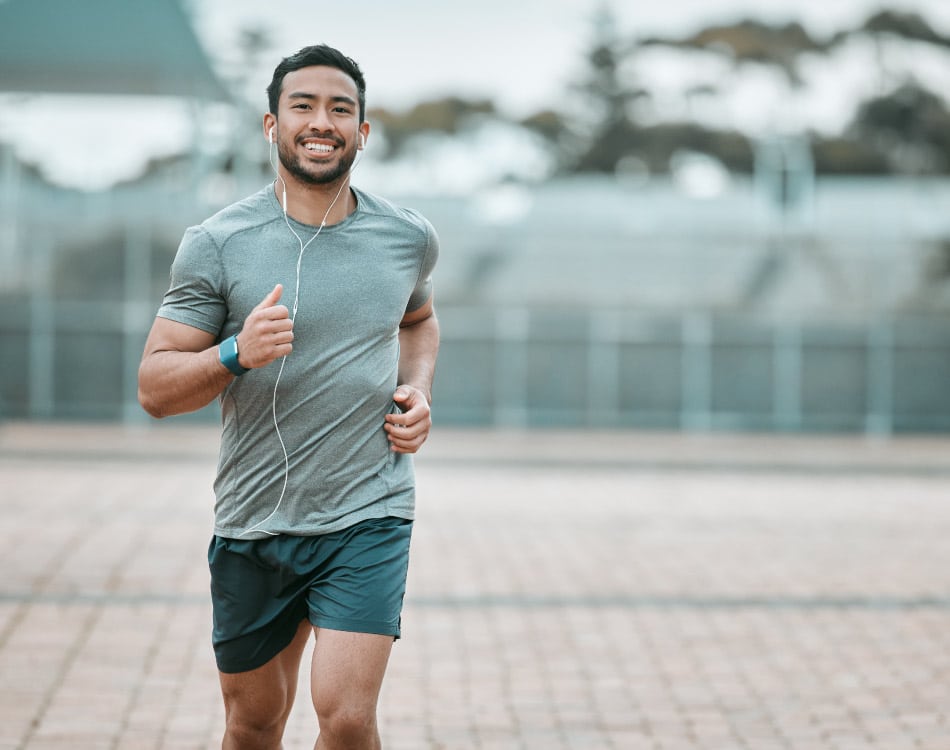
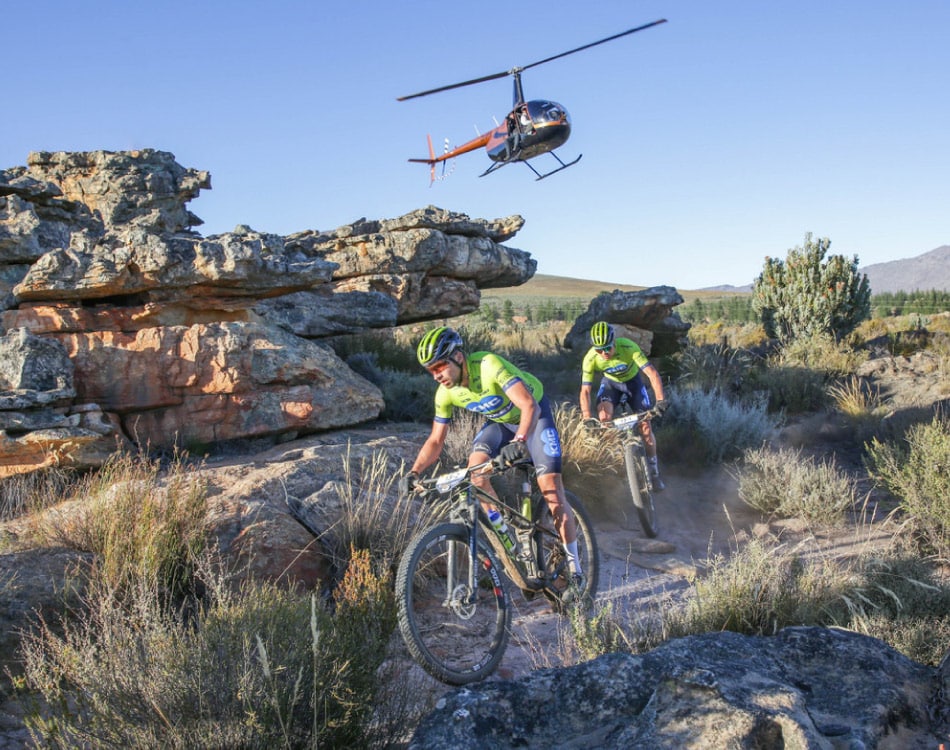

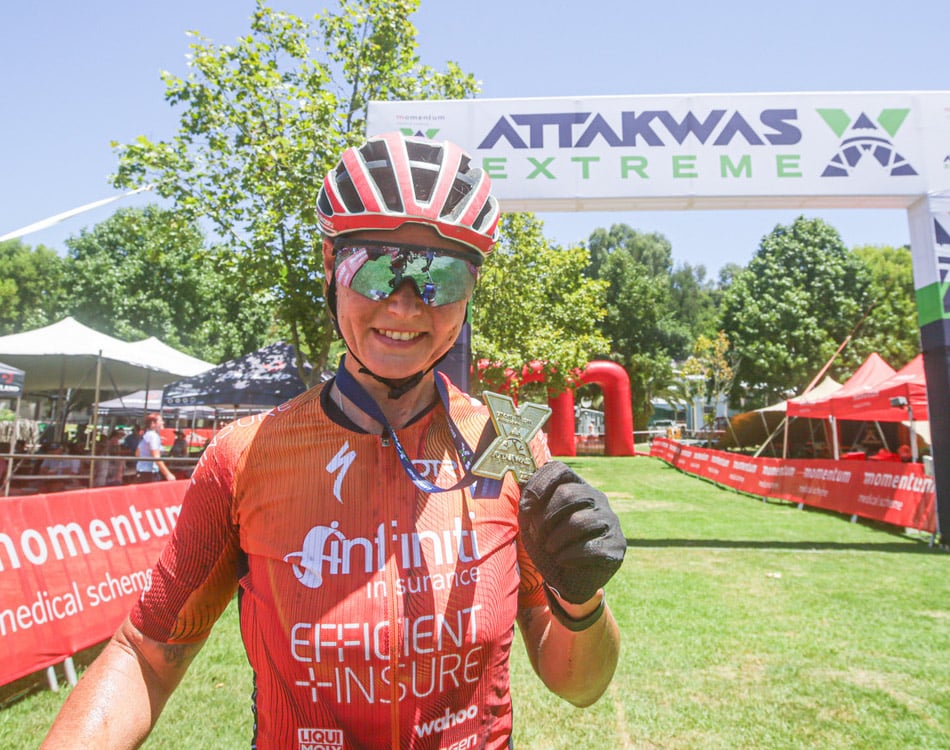
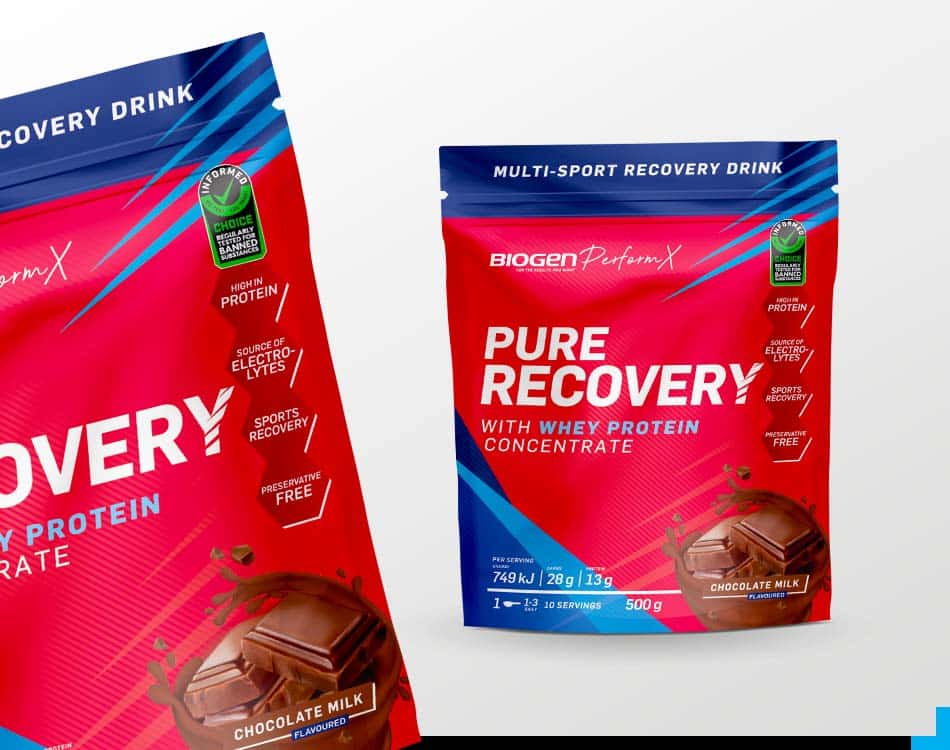



Leave A Comment